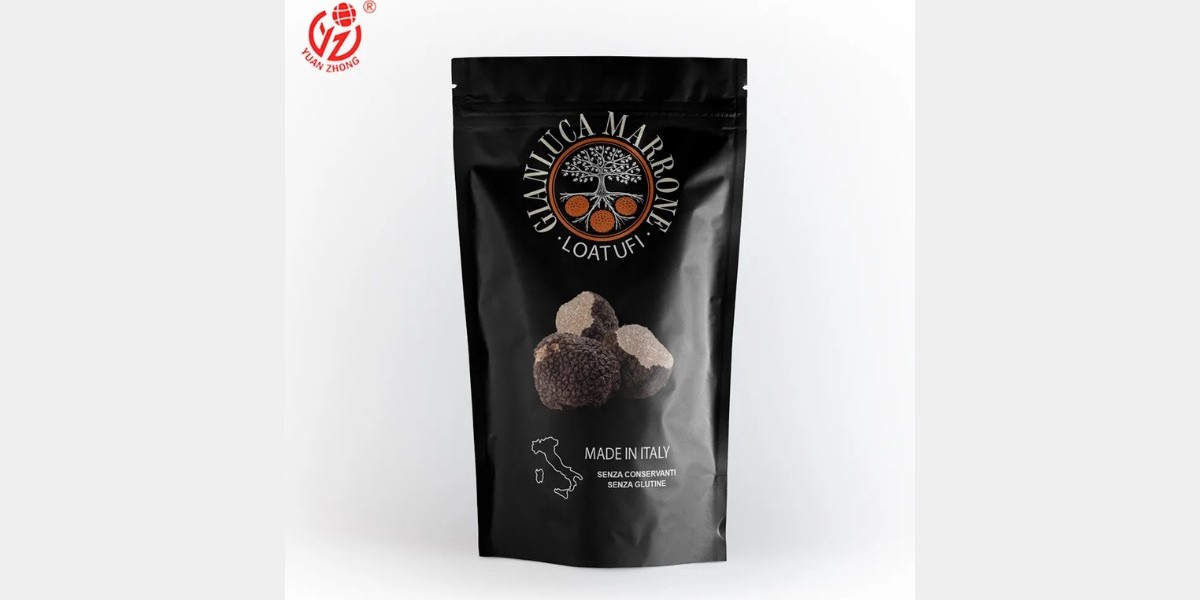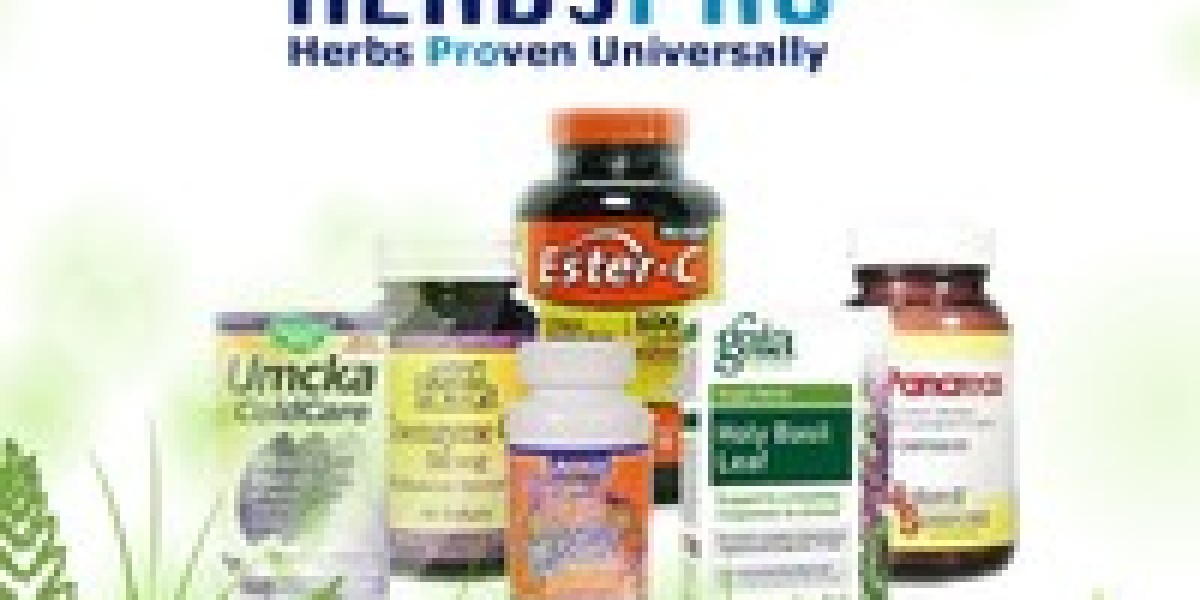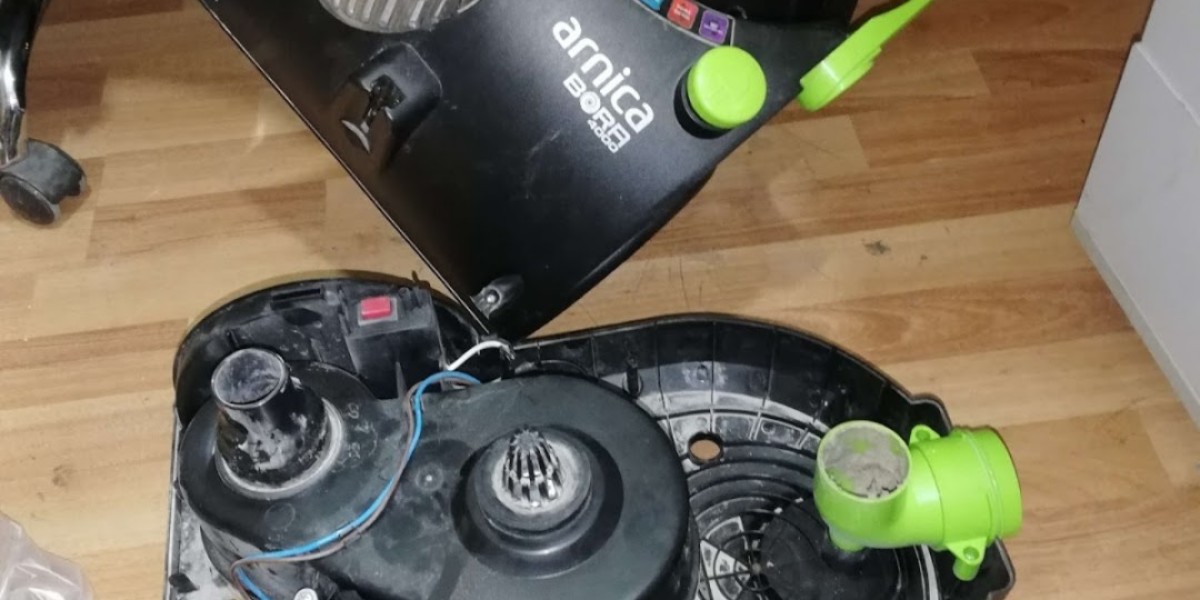Stand Up Pouch Sealing Methods Why Leak-Proof Matters Most
Let me share a story about a nut brand I worked with last year. They used stand up pouches for their mixed nuts, but they kept getting complaints: the bottom seal would split during shipping, and nuts would spill out. Worse, some customers said the pouch didn’t seal after opening, so the nuts went stale in a week. Their repeat purchase rate dropped 15% because of this. That’s the thing about stand up pouch sealing methods—leaks and poor sealing don’t just ruin a single product; they push customers to your competitors.
Think about how customers use stand up pouches: they might toss a snack pouch in a backpack, store a sauce pouch in the fridge, or leave a pet food pouch in the pantry. If the seal isn’t strong, a little jostling or temperature change can cause leaks. And if the pouch can’t be resealed, customers have to transfer the product to another container—which is a hassle. That nut brand switched to a combination of heat sealing and zipper sealing, and within two months, their complaints dropped by 90%, and repeat buys were back up. It shows that when it comes to stand up pouch sealing methods, getting the seal right is the foundation of happy customers. You can have a great product, but a bad seal will make it irrelevant.
Stand Up Pouch Sealing Methods Common Types and Their Pros
Now let’s get to the practical part: what are the most reliable stand up pouch sealing methods for different products? The first one is heat sealing. It uses heat to melt the pouch material and create a tight, permanent seal—perfect for products that don’t need to be resealed, like single-serve snacks (granola bars, fruit purees) or powdered goods (protein powder, coffee). A protein powder brand used this method, and they told me “we haven’t had a single leak complaint since switching—even when pouches are stacked in shipping boxes.”
Then there’s zipper sealing. This is a reusable option: customers can zip the pouch open and closed as many times as they want. It’s ideal for products that are used over time, like nuts, cereal, or pet food. I recommended this to a cat food brand; their customers loved that “the food stays crunchy for weeks, no more transferring to plastic bins.” Some zipper seals even have a “tamper-evident” tab—so customers know if the pouch has been opened before, which builds trust.
The third common method is pressure-sensitive sealing. It uses a sticky adhesive that seals when pressed—great for products that need easy opening, like sauce packets or small condiment pouches. A ketchup brand used this, and they got feedback that “opening the pouch is easy, but it never leaks in my lunchbox.” Each method has its strength; the key is to match it to how your customers will use your product.
Stand Up Pouch Sealing Methods How to Pick the Right One
Picking the right stand up pouch sealing method isn’t about choosing the “most advanced” one—it’s about choosing the one that fits your product and your customers’ needs. Start by asking: Does your product need to be resealed? If yes (like nuts, pet food), zipper sealing is a must. If no (like single-serve snacks), heat sealing is more cost-effective. I once had a client selling single-serve fruit cups who mistakenly used zipper sealing—they spent extra money on zippers that customers never used, and it ate into their profits.
Next, think about your product’s texture. Thick or oily products (like peanut butter, olive oil) need a strong seal to prevent leaks—heat sealing with a double layer works best. Dry, lightweight products (like chips, cereal) can use zipper sealing, but make sure the zipper is tight enough to keep air out (stale chips are a big customer complaint). A chip brand switched to a “heavy-duty zipper” and saw a 20% drop in “stale product” feedback.
Finally, consider your shipping and storage. If your product travels long distances (cross-country or international), heat sealing adds an extra layer of protection against bumps and jostles. If it’s sold locally and stored in fridges (like sauces, dips), zipper sealing is more convenient for customers. Answering these questions will help you pick a stand up pouch sealing method that solves your specific problems, not just checks a box.
Stand Up Pouch Sealing Methods The Value of Customized Seals
You might think stand up pouch sealing methods are “one-size-fits-all,” but customization can make them work harder for your brand. For example, a baby food brand I worked with wanted a seal that parents could open with one hand (since they’re often holding a baby). We customized a heat seal with an “easy-tear notch”—no scissors needed, just a quick pull. Their sales went up 18% because parents said “it’s the only baby food pouch I can open without help.”
Customization can also solve unique pain points. If your product is for outdoor use (like hiking snacks), you can add a “waterproof zipper seal” so the pouch stays closed even if it gets wet. A hiking snack brand did this, and they got reviews saying “the snacks stayed dry even when my backpack got rained on.”
And don’t forget branding. You can add a “custom seal design” (like your logo printed on the heat seal) to make your pouch stand out. A coffee brand printed their logo on the heat seal of their stand up pouches, and customers said “it feels more premium—like a special treat.” Customization doesn’t have to be expensive; even small tweaks (like easy-tear notches, branded seals) can turn a basic seal into one that makes your product feel “made for me” to customers.
Conclusion
At the end of the day, stand up pouch sealing methods are all about “trust through reliability.” A good seal doesn’t just stop leaks—it tells customers “we care about your experience, from the first time you see the pouch to the last bite of the product.” It’s the difference between a customer who buys once and forgets, and one who comes back again and again.
I’ve seen brands turn “seal problems” into their biggest selling point: the cat food brand that advertises “reusable zipper seals to keep food fresh,” the baby food brand that highlights “one-hand easy-tear seals”—their customers love them because they solved real, everyday problems.
If you’re struggling with leak complaints or low repeat purchases, take a closer look at your stand up pouch sealing method. Ask yourself: Does it keep my product fresh? Is it easy for my customers to use? Does it stop leaks? The right sealing method won’t just improve your packaging—it’ll improve your brand’s reputation. And in a crowded market, that’s the kind of advantage that lasts.







